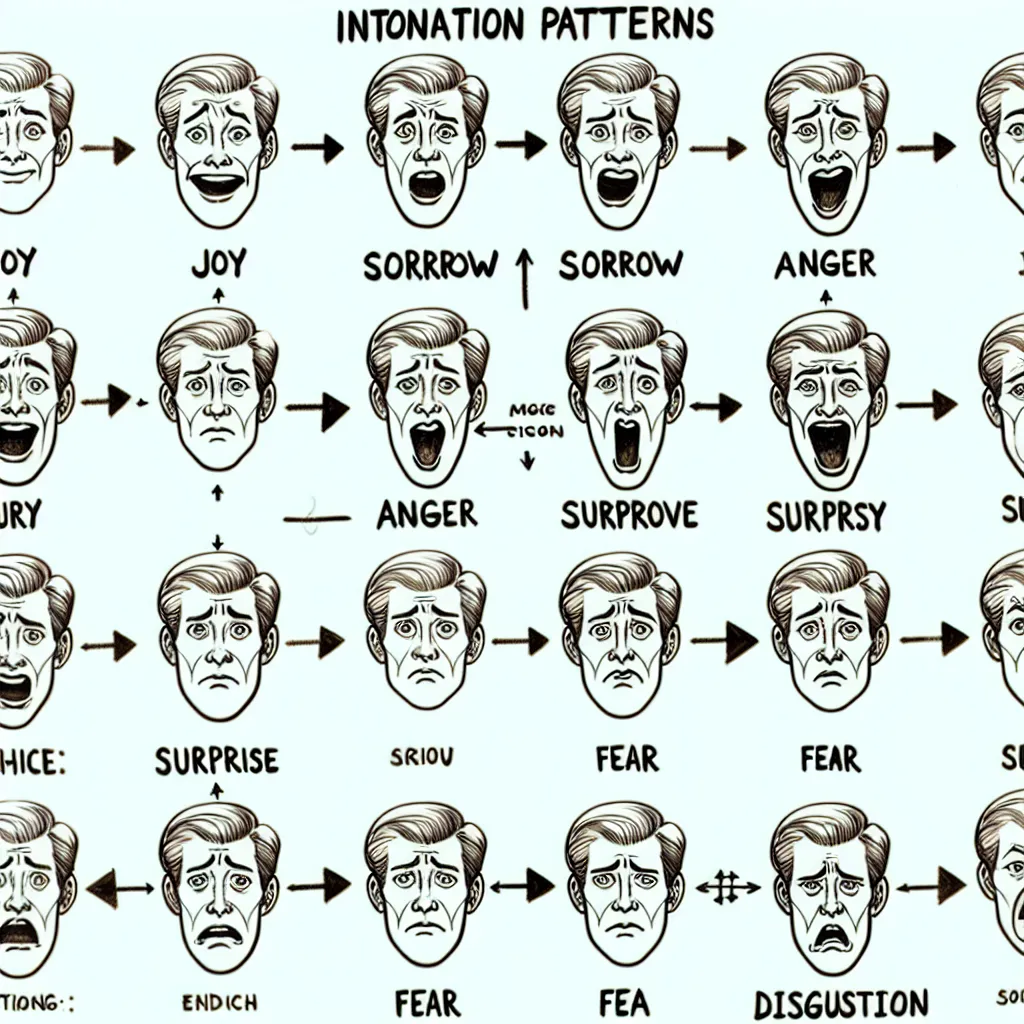Are you looking to enhance your formal English pronunciation skills? Whether you’re preparing for a business presentation, academic speech, or professional interview, mastering clear and precise pronunciation is crucial. In this comprehensive guide, we’ll explore effective Pronunciation Tips For Formal English Speech, helping you communicate with confidence and clarity in professional settings.
Understanding the Importance of Proper Pronunciation in Formal Settings
Proper pronunciation is the cornerstone of effective communication, especially in formal contexts. It not only ensures that your message is understood clearly but also contributes significantly to your overall professional image. In formal settings, such as business meetings, academic presentations, or job interviews, your ability to articulate words correctly can make a lasting impression on your audience or interlocutors.
Key Aspects of Formal English Pronunciation
- Clarity: Enunciating each word clearly and distinctly.
- Rhythm: Maintaining a steady and appropriate pace.
- Stress: Emphasizing the correct syllables in words.
- Intonation: Using the right pitch and tone to convey meaning.
 Formal English Pronunciation
Formal English Pronunciation
Effective Techniques for Improving Formal English Pronunciation
1. Master the Phonemic Chart
The International Phonetic Alphabet (IPA) is an invaluable tool for improving pronunciation. Familiarize yourself with the phonemic chart, which represents all the sounds used in the English language.
Tip: Focus on sounds that don’t exist in your native language. For example, many non-native speakers struggle with the ‘th’ sound in words like “think” or “this”.
2. Practice Stress and Intonation
In formal English, proper stress and intonation are crucial for conveying meaning and emphasis.
Exercise: Record yourself reading a formal text, then compare your intonation with that of a native speaker. Pay attention to where they place stress on words and sentences.
3. Use Pronunciation Dictionaries
Online pronunciation dictionaries like Cambridge or Merriam-Webster offer audio pronunciations of words. Make use of these resources to check and practice difficult words.
Recommendation: Create a list of commonly mispronounced words in your field and practice them regularly.
4. Slow Down and Enunciate
In formal settings, it’s better to speak slowly and clearly rather than quickly and unclearly.
Practice: Read aloud formal texts, focusing on pronouncing each word clearly. Gradually increase your speed while maintaining clarity.
5. Focus on Word Endings
Many non-native speakers tend to drop word endings, which can significantly affect comprehension in formal speech.
Example: Practice words ending in ‘-ed’ or ‘-s’, ensuring you pronounce them fully. For instance, “asked” should be pronounced as /ɑːskt/, not /ɑːs/.
For more tips on improving your overall English pronunciation, check out our article on tips for improving pronunciation in English presentations.
Common Pronunciation Mistakes in Formal English Speech
Being aware of common mistakes can help you avoid them in your own speech:
- Mispronouncing ‘-ed’ endings: Remember, ‘-ed’ can be pronounced as /t/, /d/, or /ɪd/ depending on the preceding sound.
- Incorrect word stress: In words like “development” or “comfortable”, the stress is often misplaced.
- Silent letters: Words like “listen” or “receipt” have silent letters that are often mistakenly pronounced.
- Vowel sounds: English has many vowel sounds that don’t exist in other languages, leading to confusion in words like “cup” vs “cop”.
Tip: Create a personal list of words you frequently mispronounce and practice them regularly.
The Role of Intonation in Formal English Speech
Intonation plays a crucial role in conveying meaning and attitude in formal English. It can significantly impact how your message is received.
Key aspects of intonation:
- Rising intonation for questions
- Falling intonation for statements
- Emphasis on key words for clarity and impact
For a deeper dive into this topic, read our article on how to use intonation for clearer English.
Phonemic Chart and Commonly Mispronounced Words
Phonemic Chart
Familiarize yourself with the following simplified phonemic chart:
- Vowels: /iː/, /ɪ/, /e/, /æ/, /ʌ/, /ɑː/, /ɒ/, /ɔː/, /ʊ/, /uː/, /ɜː/, /ə/
- Consonants: /p/, /b/, /t/, /d/, /k/, /g/, /f/, /v/, /θ/, /ð/, /s/, /z/, /ʃ/, /ʒ/, /h/, /tʃ/, /dʒ/, /m/, /n/, /ŋ/, /l/, /r/, /w/, /j/
10 Commonly Mispronounced Words in Formal English
- Hierarchy – /ˈhaɪərɑːki/ not /ˈhɪərɑːki/
- Colleague – /ˈkɒliːɡ/ not /kəˈliːɡ/
- Pronunciation – /prəˌnʌnsiˈeɪʃən/ not /prəˌnaʊnsiˈeɪʃən/
- Etcetera – /etˈsetərə/ not /ekˈsetərə/
- Specifically – /spəˈsɪfɪkli/ not /spəˈsɪfɪkəli/
- Supposedly – /səˈpəʊzɪdli/ not /səˈpəʊzəbli/
- Prestigious – /preˈstɪdʒəs/ not /preˈstiːdʒəs/
- Miscellaneous – /ˌmɪsəˈleɪniəs/ not /mɪsˈseləniəs/
- Archipelago – /ˌɑːkɪˈpeləɡəʊ/ not /ɑːtʃɪˈpeləɡəʊ/
- Albeit – /ɔːlˈbiːɪt/ not /ˈɔːlbaɪt/
Practice these words regularly to improve your formal English pronunciation.
 Phonemic Chart Practice
Phonemic Chart Practice
Conclusion
Mastering pronunciation for formal English speech is a journey that requires dedication and practice. By focusing on clarity, rhythm, stress, and intonation, and by being aware of common pitfalls, you can significantly improve your formal English pronunciation. Remember, consistent practice and self-awareness are key to progress. Use the resources and tips provided in this guide to enhance your pronunciation skills and communicate with confidence in professional settings.
For further improvement in your overall English skills, consider exploring our articles on how to improve grammar accuracy and tips for mastering English in business communication.
We encourage you to share your experiences and any additional tips you may have in the comments section below. Keep practicing, and you’ll see improvement in your formal English pronunciation in no time!




